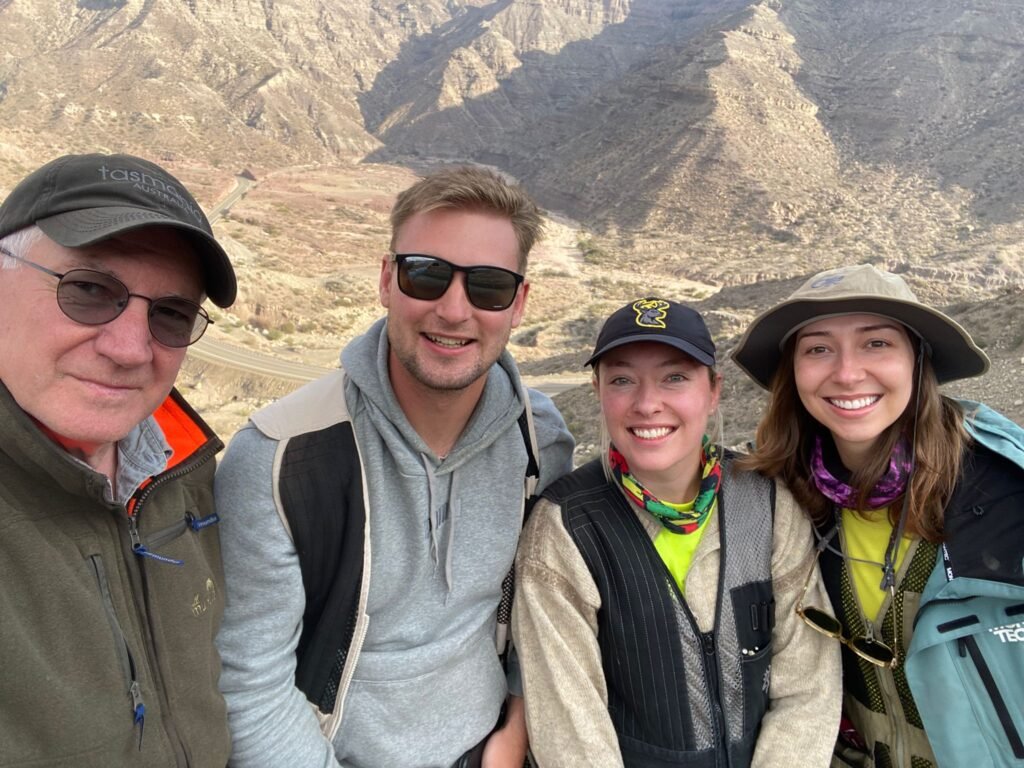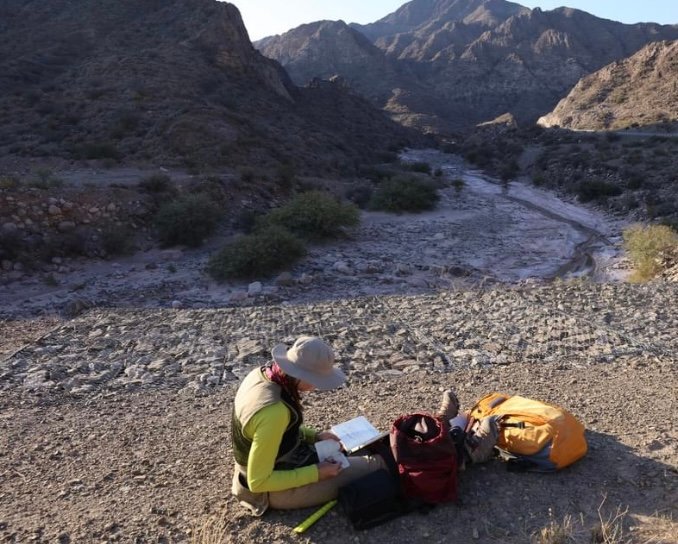References
Bennett, Matthew R., and Neil F. Glasser. Glacial Geology: Ice Sheets and Landforms. 2nd ed., Wiley-Blackwell, 2010.
Benn, Douglas I., and David J. A. Evans. Glaciers and Glaciation. Routledge, 2010.
Collinson, John D., and Neil P. Mountney. Sedimentary Structures. 3rd ed., Dunedin Academic Press, 2019.
Dowdeswell, Julian A., et al. “The Variety and Distribution of Modern Glacimarine Sedimentary Processes.” Geological Society, London, Special Publications, vol. 475, 2016, pp. 1–20.
Evans, David J. A., and Douglas I. Benn. A Practical Guide to the Study of Glacial Sediments. Hodder Arnold, 2004.
Haughton, Peter D. W., et al. “Hybrid Sediment Gravity Flow Deposits—Classification, Origin and Significance.” Marine and Petroleum Geology, vol. 26, no. 10, 2009, pp. 1900–1918.
Isbell, John L., Fernando F. Vesely, and Eduardo L. M. Rosa. “Evaluation of Physical and Chemical Proxies Used to Interpret Past Glaciations with a Focus on the Late Paleozoic Ice Age.” Earth-Science Reviews, vol. 221, 2021.
Isbell, John L., et al. “Reassessing a Glacial Landscape Developed during Terminal Glaciation of the Late Paleozoic Ice Age in Uruguay.” Sedimentary Geology.
Isbell, John L. “Environmental and Paleogeographic Implications of Glaciotectonic Deformation of Glaciomarine Deposits within Permian Strata of the Metschel Tillite, Southern Victoria Land, Antarctica.”
Mulder, Thierry, and Jan Alexander. “The Physical Character of Subaqueous Sediment Density Flows and Their Deposits.” Sedimentology, vol. 48, no. 2, 2001, pp. 269–299.
Nichols, Gary. Sedimentology and Stratigraphy. 2nd ed., Wiley-Blackwell, 2013.
Pickering, Kevin T., et al. Deep-Marine Systems: Processes, Deposits, Environments, Tectonics and Sedimentation. Cambridge University Press, 2015.
Powell, Ross D. “Fjords as Glacial Landsystems.” Glacial Landsystems, edited by David J. A. Evans, Arnold, 2005, pp. 90–117.
Sobiesiak, M. S., Ben Kneller, G. Ian Alsop, and Juan P. Milana. “Internal Deformation and Kinematic Indicators within a Tripartite Mass Transport Deposit, NW Argentina.” Sedimentary Geology, vol. 344, 2016, pp. 364–381.
Sobiesiak, Matheus S., Ben Kneller, G. Ian Alsop, and Juan Pablo Milana. “Styles of Basal Interaction beneath Mass Transport Deposits.” Sedimentary Geology, forthcoming or publication details needed.
Sohn, Yong Il. “Depositional Processes of Submarine Debris Flows Revealed by Internal Facies Architecture of a Tertiary Subaqueous Debris Flow Deposit.” Sedimentology, vol. 47, no. 3, 2000, pp. 453–470.
Stow, D. A. V. Sedimentary Rocks in the Field: A Colour Guide. CRC Press, 2015.
Talling, Peter J., et al. “Subaqueous Sediment Density Flows: Depositional Processes and Deposit Types.” Sedimentology, vol. 59, no. 7, 2012, pp. 1937–2003.



